
How to Transition from Web Developer to Full Stack Developer
Jan 10, 2025 7 Min Read 50 Views
(Last Updated)
Companies now pay full stack developers up to 30% more than specialized web developers. This fundamental change shows how much businesses value developers who can work on both frontend and backend development.
You’re probably wondering about becoming a full stack developer yourself. The good news is that you can expand your current skillset through a well-laid-out process. Better career prospects, higher salaries, and the ability to build complete applications make this career move attractive for many web developers.
This article outlines the steps you need to move from being a web developer to full stack developer. You will discover the necessary technical skills and learn practical ways to show potential employers your expanded capabilities.
Table of contents
- 1) Understanding the Full Stack Development Landscape
- Key differences between web and full stack development
- 2) Assessing Your Frontend Skill Level
- 1) Assessing frontend expertise
- 2) Identifying knowledge gaps
- 3) Setting learning objectives
- 3) Essential Technical Skills for Full Stack Development
- 1) Backend programming languages and frameworks
- 2) Server-side programming fundamentals
- 3) Database design and management
- 4) API architecture and implementation
- 5) DevOps and deployment technologies
- 4) Build Your Learning Roadmap
- 1) Structured learning approaches
- 2) Recommended resources and platforms
- 3) Timeline planning and milestones
- 5) Developing Your Full Stack Portfolio
- 1) Choosing influential project ideas
- 2) Implementing full stack features
- 3) Documentation and presentation
- 6) Navigating the Career Transition
- 1) Updating your professional profile
- 2) Job search strategies
- 3) Interview preparation tips
- Concluding Thoughts…
- FAQs
- Q1. Is becoming a full-stack developer worth it in 2024?
- Q2. How long does it typically take to become a full-stack developer?
- Q3. What are the essential skills needed to become a full-stack developer?
- Q4. How can I build a strong portfolio as a full-stack developer?
- Q5. What strategies can help in landing a full-stack developer job?
1) Understanding the Full Stack Development Landscape
When you think about moving from web development to full stack development, you should learn about the key differences and opportunities in the digital world. A full stack developer’s role goes way beyond specialized web development. It includes both front-end and back-end expertise.
Key differences between web and full stack development
The biggest difference lies in what you’re responsible for. Web developers usually focus on either front-end or back-end development. Full stack developers are versatile professionals who handle the entire development lifecycle. Here’s what sets them apart:
| Aspect | Web Developer | Full Stack Developer |
| Technical Scope | Specializes in either front-end (UI/UX) or back-end (server-side logic) development. | Handles both front-end and back-end, including databases, APIs, and deployment processes. |
| Project Involvement | Focuses on specific development tasks or sections of a project. | Manages the entire development lifecycle independently, from concept to deployment. |
| Skill Breadth | Proficient in HTML, CSS, JavaScript, or server-side technologies like PHP, Node.js. | Requires expertise in front-end (React, Angular), back-end (Node.js, Django), database (MySQL, MongoDB), and DevOps tools. |
| Problem-Solving | Addresses issues within their specific domain, like fixing UI bugs or optimizing APIs. | Troubleshoots and resolves problems across the entire application stack. |
| Market Demand | In demand for specialized tasks in industries like e-commerce, media, and corporate portals. | Highly sought-after due to their versatility, with opportunities across tech hubs and high-demand sectors. |
| Salary Expectations | – Entry-Level: ₹2,50,000 to ₹5,00,000 annually. | – Entry-Level: ₹3,50,000 to ₹6,00,000 annually. |
| – Mid-Level: ₹6,00,000 to ₹10,00,000 annually. | – Mid-Level: ₹8,00,000 to ₹15,00,000 annually. | |
| – Senior-Level: ₹15,00,000+ annually. | – Senior-Level: ₹20,00,000 to ₹40,00,000+ annually, especially in sectors like fintech and e-commerce. | |
| Career Growth | Can advance to specialized roles like UI/UX Lead or Back-End Engineer. | Offers broader advancement opportunities:- Technical Lead/Team Lead.- Solution Architect.- CTO or Technology Head.- Entrepreneurial roles in startups. |
2) Assessing Your Frontend Skill Level
The path from web developer to full stack developer starts with a full picture of your technical capabilities. Here’s how to break down this vital first step into practical steps.
2.1) Assessing frontend expertise
You should honestly assess your frontend development skills first. Industry standards show full stack developers spend about 17.3% of their time debugging code. These foundational skills need mastery before moving forward.
Your frontend assessment should cover:
- HTML, CSS, and JavaScript proficiency
- Framework expertise (React, Angular, or Vue.js)
- UI/UX implementation capabilities
- Cross-browser development experience
- Debugging and testing abilities
2.2) Identifying knowledge gaps
A detailed skills gap analysis shows the difference between your current abilities and full stack requirements. Full stack developers must be proficient in both server-side and client-side development. This includes creating APIs, managing databases, and keeping systems secure.
These steps will help identify your knowledge gaps:
- Review your database management capabilities
- Check your API development experience
- Look at your server-side programming knowledge
- Understand your DevOps and deployment skills
- Rate your documentation writing abilities
2.3) Setting learning objectives
Now that you understand your strengths and gaps, you can set structured learning goals. Professional certification standards require full stack developers to show mastery in cloud computing, web development, multiple programming languages, and microservices.
Your learning objectives should be SMART (Specific, Measurable, Achievable, Relevant, and Time-bound). Master one technology at a time since learning everything at once can overwhelm you. You might want to start with backend technologies if frontend development is your strength, or vice versa.
Note that full stack development needs both technical expertise and hands-on practice. Your objectives should include projects that help you build and deploy complete applications. This way, you’ll develop ground skills that employers value instead of just learning theory.
3) Essential Technical Skills for Full Stack Development
Becoming skilled at technical aspects of full stack development is vital to your transition from web development. Let’s look at the technologies you need to become a proficient full stack developer.
3.1) Backend programming languages and frameworks
Your frontend expertise needs strong server-side programming skills to complement it. Backend development is the foundation of your transition from web developer to full-stack developer. Frontend skills help you handle user interaction, but backend mastery lets you build resilient, adaptable applications that manage complex business logic.
Industry data shows these backend technologies are used most often:
- Python with Django or Flask frameworks
- JavaScript using Node.js (used by 51.9% of developers)
- Java with Spring framework
- PHP with Laravel
- Ruby with Ruby on Rails
3.2) Server-side programming fundamentals
Your experience with backend development begins with server-side programming languages. Industry data shows that Java, Python, and PHP power more than 80% of websites. These languages are the foundations for processing user requests and managing application logic.
The core server-side concepts you need to learn:
- Request-response cycle management
- Session and state management
- Server configuration and deployment
- Error handling and logging
- Authentication and authorization
3.3) Database design and management
Database management is a vital part of building resilient applications. Your database skills should cover both relational (SQL) and non-relational (NoSQL) databases. Data shows that 40% of developers prioritize performance while 25% focus on scalability.
| Database Type | Best Use Cases | Key Features |
| SQL | Structured data, complex queries | ACID compliance, strong consistency |
| NoSQL | Unstructured data, scalability | Flexible schema, horizontal scaling |
Database design requires normalization to minimize redundancy and effective indexing strategies. Your database’s architecture should balance performance with data integrity. This ensures queries run efficiently while maintaining consistent data.
3.4) API architecture and implementation
APIs connect frontend and backend components. A well-laid-out API architecture makes a difference. Studies reveal that well-documented APIs are 50% more likely to be successfully implemented.
Your API development toolkit needs:
- Authentication mechanisms (OAuth 2.0, JWT)
- Rate limiting and security measures
- Error handling protocols
- Version control strategies
- Performance monitoring
Security stands paramount in API development. Reports suggest that 43% of data breaches stem from web application vulnerabilities. You should implement strong security measures. These include TLS encryption, API gateways for rate limiting, and detailed authentication protocols.
Note that API testing and documentation help maintain and scale your applications. Tools like Postman and Swagger help you build and test APIs quickly. Automated documentation keeps your APIs available to other developers.
3.5) DevOps and deployment technologies
Today’s full stack development needs DevOps knowledge to deploy and maintain systems effectively. Industry experts suggest full stack developers should know:
- Version control systems (Git)
- Containerization (Docker)
- CI/CD pipelines
- Infrastructure as Code (IaC)
- Monitoring tools (Prometheus, Grafana)
Security plays a critical role since 43% of breaches stem from web application vulnerabilities. You need reliable security measures such as:
- Authentication mechanisms
- TLS encryption
- API gateway implementation
- Rate limiting
- Vulnerability detection
Note that successful deployment depends on understanding configuration management tools that maintain consistency across servers, networks, and software components. This approach keeps your applications stable and expandable in production environments.
4) Build Your Learning Roadmap
A well-laid-out learning path plays a vital role when you transition from web developer to full stack developer. Let’s look at the most effective ways to build your expertise step by step.
4.1) Structured learning approaches
Two primary paths exist for your learning trip: intensive bootcamps or self-paced learning. Bootcamps pack the learning experience into 14-24 weeks. Self-paced learning gives you flexibility but stretches to 12-18 months with 20-25 hours per week.
These proven approaches work well:
- Coding bootcamps with professional certification
- University courses or degree programs
- Self-paced online learning platforms like GUVI
- Mentor-guided programs
A mentor’s guidance can reduce your learning time to 10-14 months. This makes it an efficient choice for working professionals.
4.2) Recommended resources and platforms
Leading learning platforms provide complete curricula with high student satisfaction rates. GUVI is one such highly regarded learning platform providing tech programs across various disciplines.
Your learning toolkit needs:
- Interactive coding platforms
- Video-based courses with hands-on assignments
- Discussion forums for peer learning
- Project-based learning resources
Platforms like GUVI’s Webkata give you full-time access to premium features and live online community meetups with over 900,000 developers. These are great ways to get networking opportunities. If you would like to become an expert Full Stack Developer, then GUVI’s Full Stack Development Course will be perfect for you.
You will learn front-end, back-end, and database technologies through hands-on projects, expert mentorship, and an industry-focused curriculum.
4.3) Timeline planning and milestones
Your path to full stack proficiency depends on your background and dedication. Developers with prior web experience need 3-6 months of intensive study. Starting from scratch might take longer.
Key Milestones to Track:
- Master fundamental backend concepts
- Complete database management training
- Build your first full stack application
- Deploy projects to production
- Contribute to open-source projects
Note that consistency matters deeply. Practice 20-25 hours weekly helps you progress steadily. Each technology needs focused attention. Learning everything at once can overwhelm you.
Learning adapts to your personal situation based on:
- Your current skill level
- Available study time
- Learning priorities
- Project complexity
- Access to mentorship
A structured approach and consistent effort will help you develop a complete skill set for full stack development. Balance theoretical knowledge with ground projects to succeed.
5) Developing Your Full Stack Portfolio
A compelling portfolio shows your growth from web developer to full stack developer. Your portfolio works as a visual and interactive resume that proves you can handle both frontend and backend development tasks.
5.1) Choosing influential project ideas
Pick projects that showcase your complete development skills. Industry data shows that e-commerce platforms, real-time collaborative tools, and AR applications are the most sought-after full stack projects. Think over these project categories based on your expertise:
| Project Type | Complexity | Impact Factor |
| E-commerce Platform | Advanced | High market demand |
| Tutorial App | Intermediate | Educational value |
| Social Media App | Advanced | User participation |
| Food Delivery System | Intermediate | Practical utility |
5.2) Implementing full stack features
Your projects need to show mastery across the entire development stack. Add features that highlight both frontend and backend skills. Key elements to include:
- Authentication Systems: Build secure user registration and login
- Database Integration: Display your data management skills
- API Development: Create well-laid-out endpoints
- Real-time Features: Include chat or notification systems
- Payment Integration: Add secure payment gateways
Balance between frontend appeal and backend functionality matters. Studies show that well-documented APIs are 50% more likely to be successfully implemented in projects.
5.3) Documentation and presentation
Good documentation makes your portfolio stand out and shows you know how to explain technical concepts. Your portfolio should cover:
- Project overview and objectives
- Technologies and tools employed
- Challenges faced and solutions found
- Live demos or repository links
- Performance metrics and optimizations
Make your GitHub profile easy to find since it shows your development practices and dedication. A blog section helps you state technical challenges and solutions while proving you can explain complex concepts.
Your portfolio should stay current with new projects and skills. Industry experts suggest having mentors or professionals review your work for fresh viewpoints on possible improvements. The tech industry changes fast, so your portfolio should reflect your adaptability and dedication to learning.
Quality matters more than quantity. Showcasing 3-5 well-executed projects that prove your full stack skills works better than many incomplete ones. Each project tells a story about how you solve problems and use your technical expertise.
6) Navigating the Career Transition
Making the leap from web developer to full stack developer requires smart positioning in the job market. Recent reports show a 20% increase in demand for full stack developers. This makes it the perfect time to make your move.
6.1) Updating your professional profile
A professional profile should showcase your expanded skill set. Your resume needs to express your full stack capabilities with specific metrics and achievements that show your results. Here’s what makes a great resume:
- Skills in various programming languages and frameworks
- Full stack projects with measurable results
- Relevant certifications and ongoing learning
- Problem-solving skills across the development stack
Your LinkedIn profile plays a vital role since many developers secure positions through professional networking. Make sure it has a detailed work history and shows your growth path. Recruitment data shows profiles with comprehensive project documentation are 50% more likely to attract recruiter attention.
6.2) Job search strategies
Full stack developers can choose from several job platforms. Here’s how the top job search platforms stack up:
| Platform | Key Features | Best For |
| Professional networking, job alerts | Career transitions | |
| Indeed | Comprehensive database, salary insights | Entry-level positions |
| Stack Overflow | Tech-focused, developer community | Experienced roles |
| GitHub Jobs | Direct tech company postings | Open source contributors |
Set up profiles on multiple platforms but put your energy where target employers hang out. Data shows candidates who use specialized tech job boards have a 30% higher response rate.
6.3) Interview preparation tips
Getting ready for full stack developer interviews takes detailed preparation in both technical and behavioral areas. Industry data reveals successful candidates spend an average of 20-25 hours preparing.
Technical preparation should cover:
- System design principles
- Algorithm optimization
- Database management scenarios
- API development and integration
- Frontend performance optimization
Behavioral interviews need stories about your growth and problem-solving methods. Research indicates candidates who can effectively communicate their transition story have a 40% higher success rate.
Note that salaries vary by location and experience. New full stack developers typically earn between ₹ 7 to ₹ 12 Lakhs annually. Experience and specialized skills can substantially boost these numbers.
Technical interviews need you to handle both frontend and backend challenges. Companies test candidates through:
- Live coding sessions
- System design discussions
- Database optimization problems
- API integration scenarios
- Frontend performance challenges
Your success often depends on how well you can showcase your problem-solving approach rather than just technical knowledge. Clear explanations of your thought process show you work well in teams.
Stay active in the developer community on Stack Overflow and GitHub. This boosts your visibility and creates networking chances. Tech meetups and conferences often lead to job opportunities through personal connections.
Each company needs a custom approach. Studies show candidates who customize their applications have a 65% higher interview success rate. Keep up with industry trends and be ready to show how your full stack skills match the company’s tech stack and business goals.
Concluding Thoughts…
The career benefits of becoming a full stack developer make all the hard work and learning worth it. You’ll build on your frontend expertise by learning backend technologies, database management, and API development. This creates a complete skill set that employers value.
Your success depends on three things. You must become skilled at technical aspects in the stack, build an impressive portfolio of full-stack projects, and keep up with new development practices. Studies show full stack developers earn higher salaries by a lot and find more career opportunities than specialized developers.
Becoming a full stack developer takes time. Start by deepening your commitment to backend skills while you keep your frontend knowledge sharp. Learn one technology at a time and practice with real-life projects. Document everything you learn along the way. This approach helps build a strong foundation that leads to lasting success in full stack development.
Companies continue to look for versatile developers who can handle entire application development cycles. Your expanded skill set as a full stack developer meets what they just need. This opens doors to senior roles, technical leadership positions, and maybe even entrepreneurial opportunities.
FAQs
Q1. Is becoming a full-stack developer worth it in 2024?
Yes, becoming a full-stack developer is still valuable in 2024. The job market for full-stack developers continues to grow, with projections showing a 23% increase in web development positions from 2021 to 2031. Full-stack developers often command higher salaries and have more diverse career opportunities compared to specialized developers.
Q2. How long does it typically take to become a full-stack developer?
The time it takes to become a full-stack developer varies depending on your background and dedication. For those with prior web development experience, the transition can take 3-6 months of intensive study. Starting from scratch might extend this timeline to 12-18 months with a commitment of 20-25 hours per week.
Q3. What are the essential skills needed to become a full-stack developer?
Essential skills for full-stack development include:
1. Proficiency in HTML, CSS, and JavaScript for frontend development,
2. Knowledge of backend languages like Python, Node.js, or Java,
3. Database management skills,
4. Understanding of API development,
5. Familiarity with version control systems like Git,
6. Additionally, knowledge of frameworks like React or Angular is highly beneficial.
Q4. How can I build a strong portfolio as a full-stack developer?
To build a strong portfolio, focus on creating 3-5 well-executed projects that demonstrate your full-stack capabilities. Include projects that showcase both frontend and backend skills, implement features like authentication systems and database integration, and demonstrate your ability to solve real-world problems. Ensure your projects are well-documented and include live demos or repository links.
Q5. What strategies can help in landing a full-stack developer job?
To increase your chances of landing a full-stack developer job, focus on networking and building connections in the industry. Tailor your applications to each company and highlight how your skills align with their needs. Prepare thoroughly for technical interviews by practicing problem-solving and system design questions. Consider participating in hackathons or contributing to open-source projects to gain experience and visibility in the developer community.






















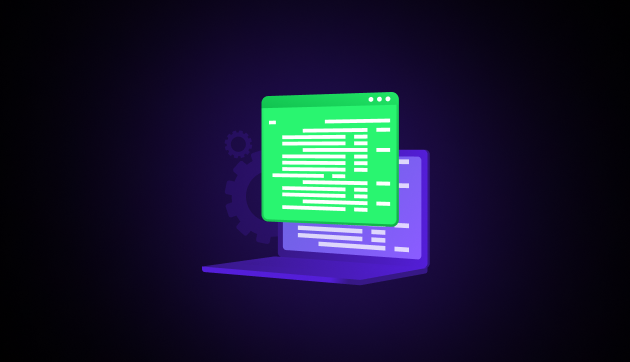
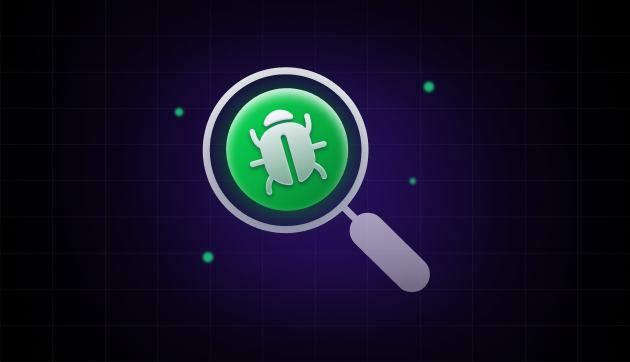
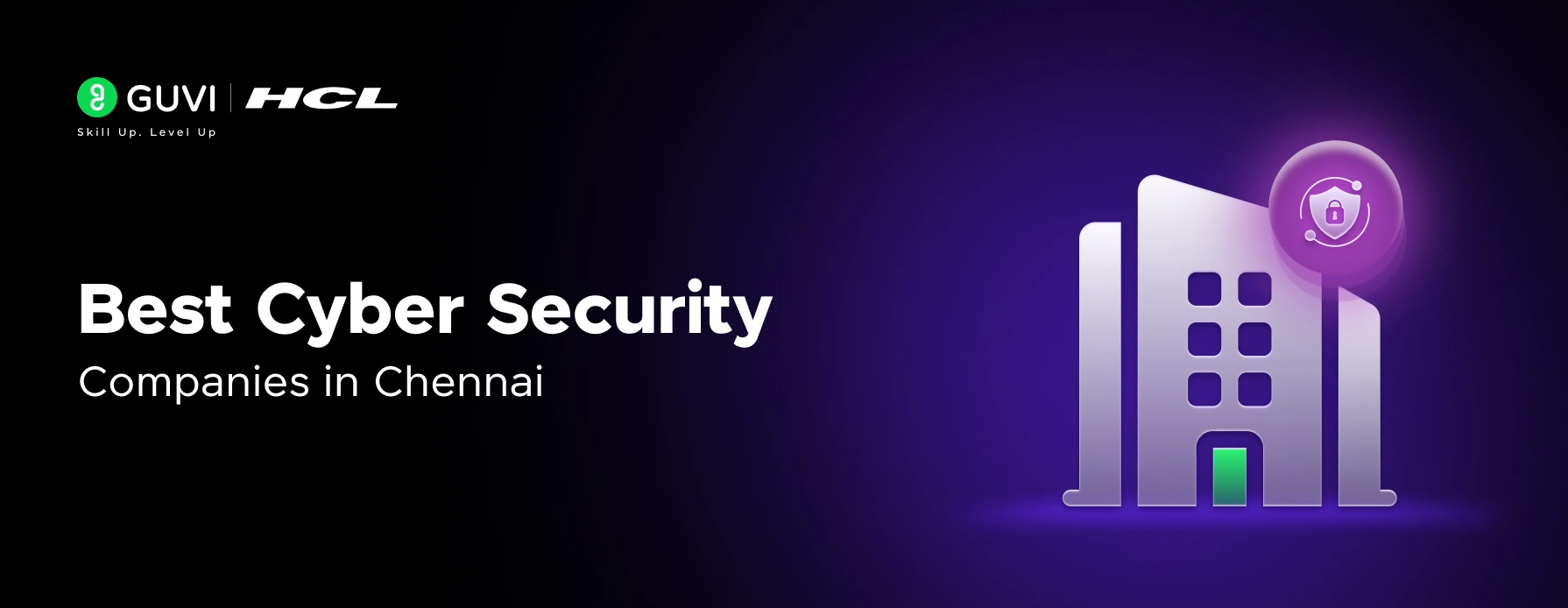
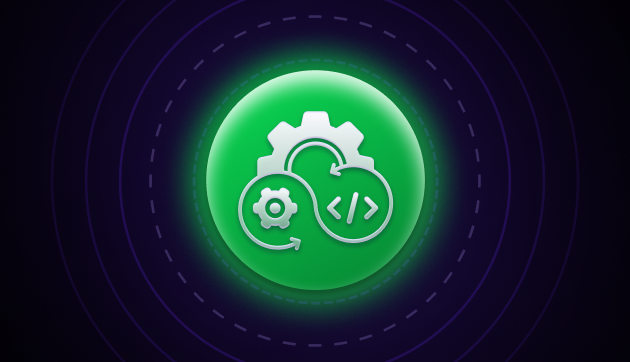
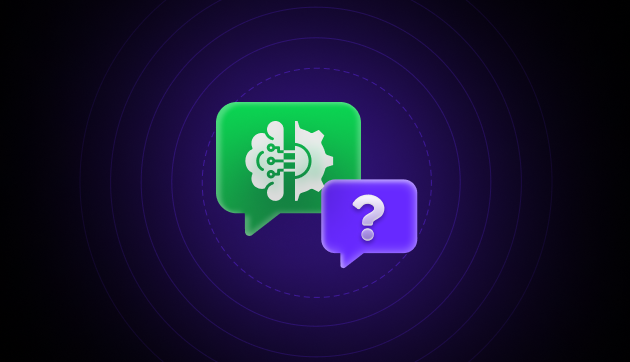
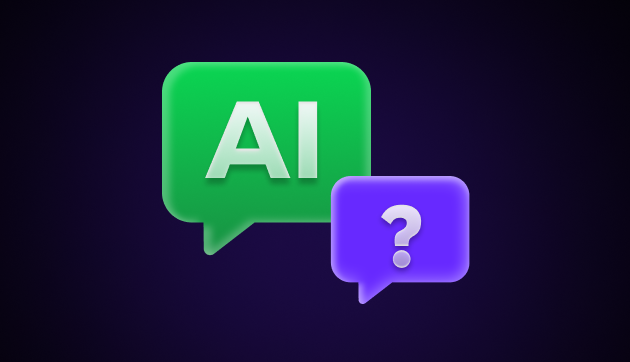

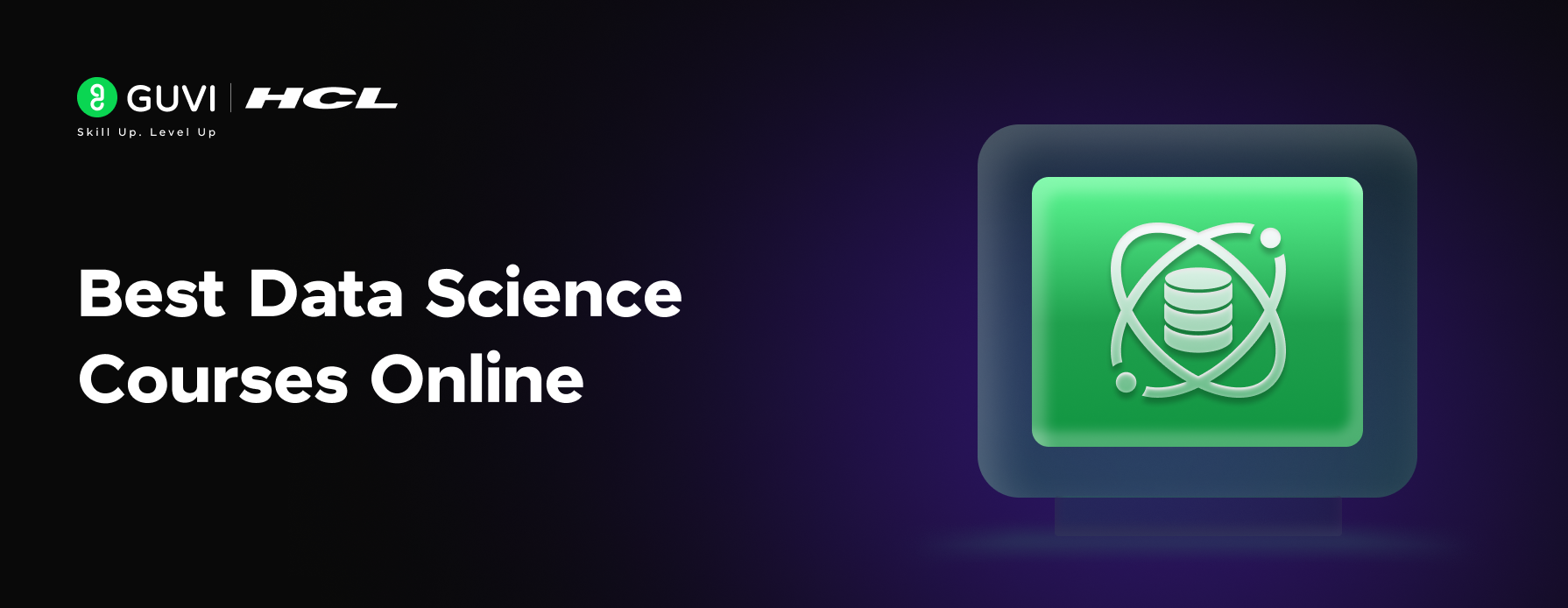
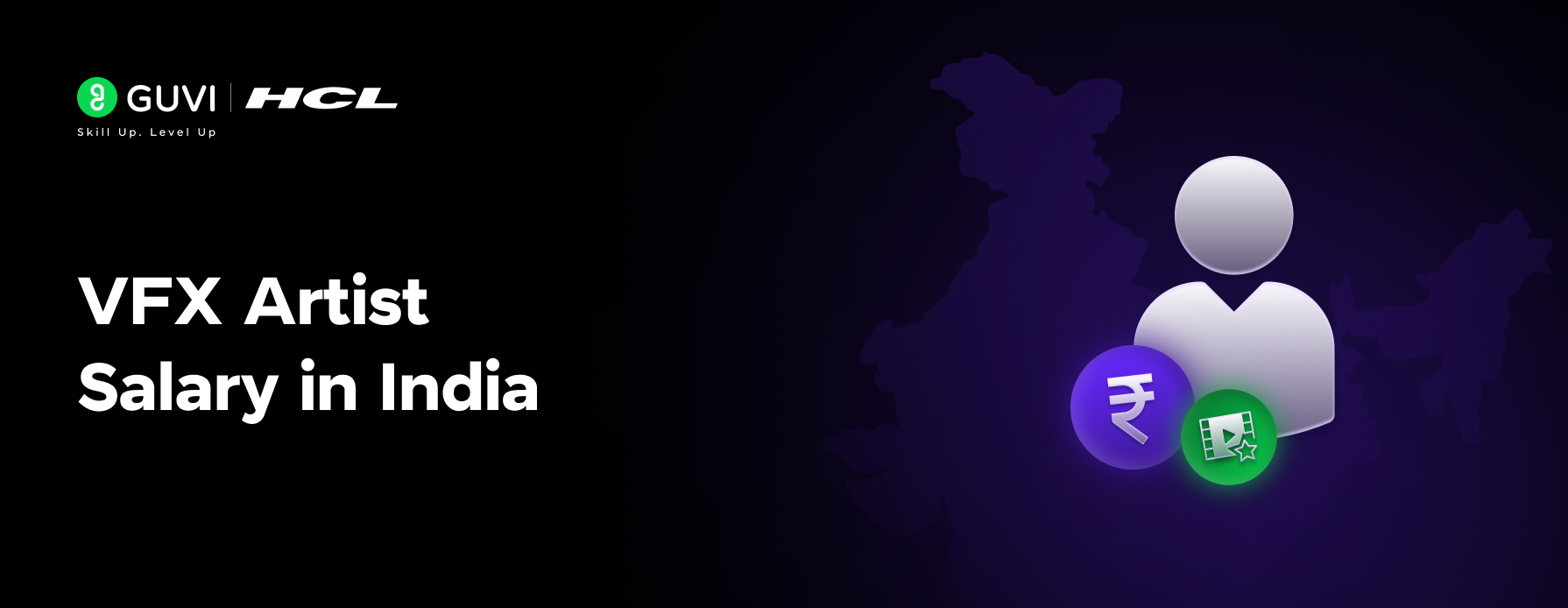
Did you enjoy this article?